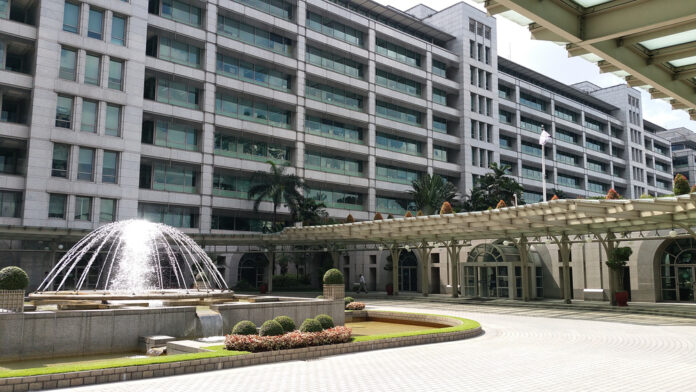The Asian Development Bank (ADB) has projected a 4.9 percent economic growth rate for developing Asia and the Pacific in 2025, slightly down from 5 percent in the previous year, according to the ADB’s latest Asian Development Outlook (ADO) report released today.
Despite global trade uncertainties, solid domestic demand, and robust international demand for semiconductors—driven by the expanding artificial intelligence sector—are expected to continue supporting the region’s economic performance. However, risks remain, particularly from new tariffs and unpredictable trade policies, which could hinder growth. ADB forecasts that regional growth will further decline to 4.7 percent in 2026.
Inflation is expected to moderate, with a forecasted rate of 2.3 percent for 2025 and 2.2 percent in 2026, largely due to a decrease in global food and energy prices.
Although the growth projections were completed before the recent imposition of new US tariffs on April 2, ADB’s report highlights how these additional trade barriers could disrupt the region’s economic recovery. The report cautions that escalating tariff measures, increased policy uncertainty, and potential retaliatory actions may further dampen trade, investment, and growth in the region.
“While economies in developing Asia and the Pacific are supported by strong fundamentals, rising tariffs and geopolitical risks present significant challenges to the region’s outlook,” said Albert Park, ADB Chief Economist. “Maintaining open trade and investment is essential for sustaining growth and resilience.”
The ADB’s analysis underscores the importance of navigating these external uncertainties to ensure continued economic progress in the region.







